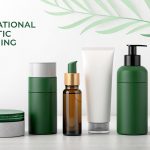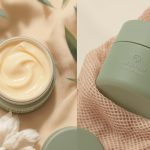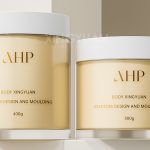Outline
Introduction
While custom molds are a popular solution for securing your packaging’s intellectual property, they are not the only option. Brands looking for cost-effective and flexible alternatives can consider other methods that still protect their designs. These alternatives can offer legal protection while keeping your packaging unique and differentiated in a competitive market.
What Are Alternatives to Custom Molds for Protecting Cosmetic Packaging Intellectual Property?
Alternatives to custom molds include techniques like embossing, debossing, design patents, trade dress, and unique surface treatments. These methods allow brands to distinguish their packaging without the high upfront costs of custom molds. By applying legal protections such as patents and trademarks, these options offer a solid foundation for securing your packaging design.
Let’s explore these alternative methods in more detail and see how they can help you protect your cosmetic packaging’s intellectual property.
Alternatives to Custom Molds
1. Embossing and Debossing: Adding Texture for Protection
Embossing and debossing techniques are effective ways to protect packaging designs by adding unique tactile elements. Embossing raises parts of the design, while debossing creates indentations. Both can be registered as part of a packaging’s trade dress or as design patents, offering legal protection for their distinctive look and feel.
2. Design Patents: Protecting Aesthetic Features
If your packaging incorporates innovative visual elements, you can apply for a design patent. This protects the ornamental design of your packaging, such as a unique bottle shape or cap. Unlike functional patents, design patents are specifically aimed at safeguarding aesthetic features, giving you exclusive rights to your packaging design.
3. Trade Dress: Legal Protection for the Overall Look
Trade dress refers to the overall appearance of your packaging, including shape, color, and texture. By registering your packaging’s unique design elements as trade dress, you can legally protect your brand’s identity. This is especially useful for brands that want to maintain a distinct look without investing in custom molds.
4. Surface Treatments and Coatings: Unique Looks Without Custom Molds
Surface treatments such as silk screening, hot stamping, and shrink film can add unique visual effects to your packaging. These treatments can help protect the aesthetic elements of your packaging and differentiate it from competitors. Applying these treatments in conjunction with legal protections (such as trademarks) helps safeguard your brand.
5. 3D Printing and CNC Machining: Rapid Prototyping and Customization
For brands that want flexibility without investing in expensive custom molds, 3D printing and CNC machining can be useful. These technologies allow for rapid prototyping and design iterations, offering flexibility to customize packaging designs and protect them legally with patents or trademarks.
6. Non-Disclosure Agreements (NDAs): Protecting Confidential Designs
When sharing packaging designs with manufacturers or suppliers, NDAs ensure that the details of your packaging remain confidential. By using NDAs, you can prevent others from copying or using your design ideas without permission, providing a layer of protection while you work on a more permanent solution.
Summary
Custom molds are not the only way to protect your packaging IP. Techniques like embossing, debossing, design patents, trade dress, and surface treatments offer alternative ways to safeguard your packaging. By using these options, you can protect your brand’s unique design while avoiding the high costs of custom mold production.
Do You Really Need a Private Mold for Your Cosmetics Packaging?
The True Cost of Custom Molds in Cosmetic Packaging Explained with Real Numbers
Custom Mold or Stock Packaging? A Decision Guide for Cosmetics Brands
How to Protect Your Brand’s Packaging IP Without Custom Molds
How Embossing and Debossing Protect Cosmetic Packaging Intellectual Property
How We Deliver a PET Blow Molding Sample in Just 30 Days
Beyond Bottles: How Private Molds Elevate Every Component in Cosmetic Packaging




